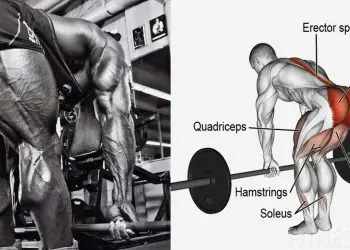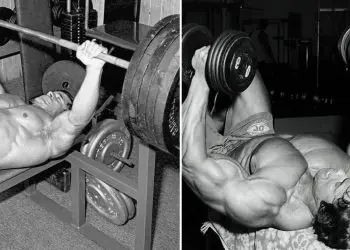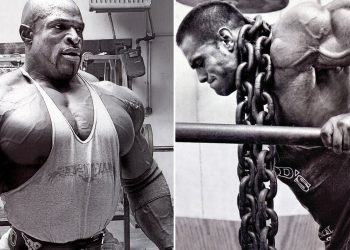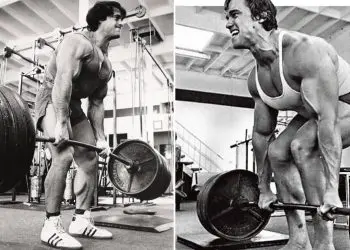There is a never-ending, and likely to be never resolved debate about squatting that goes around in circles in the world of fitness. Squats are either the greatest exercise ever, or they will put you in a body cast. I’m thinking that the real answer is closer to option one, but they are an exercise that is routinely performed with seriously flawed technique, and is basically an injury waiting to happen in the cases of some.
I found an unbiased source that has the credibility to be taken as an authority on the subject. The reason I say they are unbiased is because this association is interested in results, not agenda’s. The Nation Strength and Condition Association had this to say about squats, and I wanted to share it with you.
Correctly performed squats are not only safe, but they may actually prevent knee injuries.
The squat can enhance performance in many sports
Overtraining and fatigue related injuries do occur with squats, but the chance of getting injured is reduced by following the established principles of resistance training program design.
The squat is not detrimental to knee-joint stability when performed correctly.
Level Up Your Fitness: Join our 💪 strong community in Fitness Volt Newsletter. Get daily inspiration, expert-backed workouts, nutrition tips, the latest in strength sports, and the support you need to reach your goals. Subscribe for free!
Weight training exercises, including the squat, strengthen connective tissue, including muscles, bones, ligaments and tendons.
There are different styles of squat performance and proper form requires the muscles to be conditioned
for that form.
Bouncing out of the bottom may help you get through the sticking point more easily, but this may be injurious to the knee.
Squatting puts stress on the back, but injury potential is low if proper technique is observed. Reports of squat induced injuries are conflicting and inconclusive. Some may be based on biased samples. Other injuries may have been caused by other factors including improper technique, pre-existing injuries and structural abnormalities, other physical activities, fatigue or overtraining
Parallel squats and full squats are effective and safe when performed properly. Flexibility is required, and form is everything. In the case of any exercise, if your form is not very god, you are at risk of injuring yourself. Squats, deadlifts, barbell rows, and bench press are the lifts where the big weights are a factor, and because of this the risk of injury is amplified. If the form is sound, and the weight used is reasonable, then the risk of injury is very limited.
Proper form includes:
Rigid torso
Slow, controlled descent
Inhale on descent and hold breath momentarily until you reverse direction and are through the sticking point. Then take deep breath again before next rep.
Concentrate on pushing with the quads
Elbows should point to the floor or just slightly back, not rearwards
You must be fully warmed up before attempting heavy weights
Stretch lightly before squatting
Develop sufficient abdominal strength
Develop sufficient lower back strength
Develop sufficient ankle, calf, quadriceps, hamstring, and hip flexibility
Perfect your form before going heavy
Do not become overly dependent on belts or wraps
Happy Lifting!








